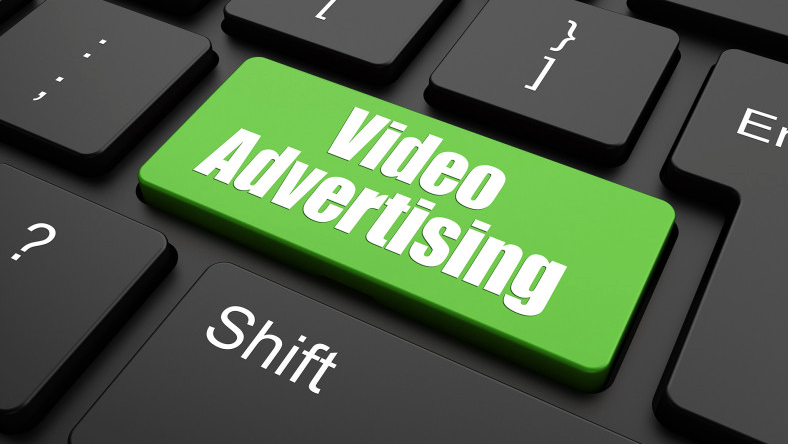Consider this: anyone, strangers included, can tell a great deal about you via your digital footprint; that is, the trail …
Online video gains viewers. TV’s losses mount.
As online video gains viewers, cable TV’s losses mount. While 60% of US internet users surveyed told AYTM Market Research …
Digital Ad Effectiveness Improves, Ad Dollars Following
When it comes to digital advertising, we often spend our time pouring over data in order to create planning, modeling, …


